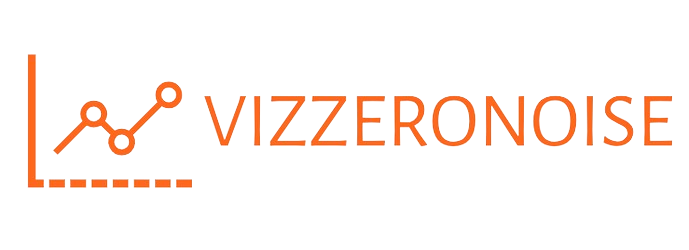Deciphering CPI Index: Insights into Economic Trends
Understanding CPI Index
The Consumer Price Index (CPI) is a crucial economic indicator used to measure changes in the average price level of goods and services purchased by households over time. It serves as a barometer of inflationary pressures within an economy. Essentially, the CPI provides valuable insights into the cost of living and purchasing power of consumers.
Calculation Methodology
The CPI is calculated based on a basket of goods and services that represent typical consumer spending patterns. These items are weighted according to their relative importance in the average consumer’s budget. The index is updated periodically to reflect changes in consumer preferences and expenditure patterns. By tracking the prices of these goods and services over time, economists can gauge inflationary or deflationary trends.
Components of CPI
The CPI basket typically includes a diverse range of items such as food, housing, transportation, healthcare, and education. Each component reflects different aspects of consumer spending behavior. For example, changes in housing costs, including rent and mortgage payments, have a significant impact on the overall CPI. Similarly, fluctuations in fuel prices and healthcare expenses can influence the index’s movement.
Role in Economic Analysis
Economists, policymakers, businesses, and investors closely monitor CPI data to assess the health of an economy and make informed decisions. A rising CPI suggests increasing inflationary pressures, which may prompt central banks to tighten monetary policy to control inflation. Conversely, a declining CPI may indicate deflationary risks, prompting policymakers to implement stimulative measures to spur economic growth.
Inflationary Pressures
One of the primary purposes of the CPI is to measure inflation, which refers to the sustained increase in the general price level of goods and services over time. Inflation erodes the purchasing power of money, as consumers need more currency to buy the same quantity of goods and services. This phenomenon can have various implications for individuals, businesses, and the overall economy.
Impact on Consumers
For consumers, inflationary pressures can lead to a decrease in real wages, as nominal wage increases may fail to keep pace with rising prices. This means that consumers may have to spend more of their income on essential goods and services, leaving less disposable income for savings or discretionary spending. Additionally, inflation can affect long-term financial planning, such as retirement savings, as the purchasing power of savings diminishes over time.
Policy Implications
Central banks and policymakers closely monitor CPI data when formulating monetary and fiscal policies. Inflation targeting is a common policy framework used by central banks to maintain price stability. By setting inflation targets and adjusting interest rates accordingly, central banks aim to keep inflation within a desirable range. CPI data also informs policymakers’ decisions regarding government spending, taxation, and social welfare programs.
Business Considerations
Businesses must also consider CPI trends when making pricing decisions and forecasting future costs. Rising inflationary pressures may lead to higher production costs, including labor, raw materials, and energy. As a result, businesses may need to adjust their pricing strategies to maintain profit margins. Additionally, inflation can influence consumer demand for certain products and services, impacting sales and revenue.
Investment Strategies
Investors analyze CPI data to identify investment opportunities and manage portfolio risk. Inflation erodes the real value of fixed-income investments such as bonds and savings accounts. Therefore, investors may allocate a portion of their portfolio to inflation-hedging assets such as equities, real estate, commodities, and Treasury Inflation-Protected Securities (TIPS). By diversifying their investments, investors can mitigate the impact of inflation on their overall portfolio returns.
International Comparisons
CPI data allows for international comparisons of price levels and inflation rates across different countries. By examining CPI trends globally, policymakers and economists can gain insights into relative price competitiveness, exchange rate dynamics, and economic performance. International cooperation and coordination are essential for addressing global inflationary challenges and promoting sustainable economic growth. Read more about cpi index


